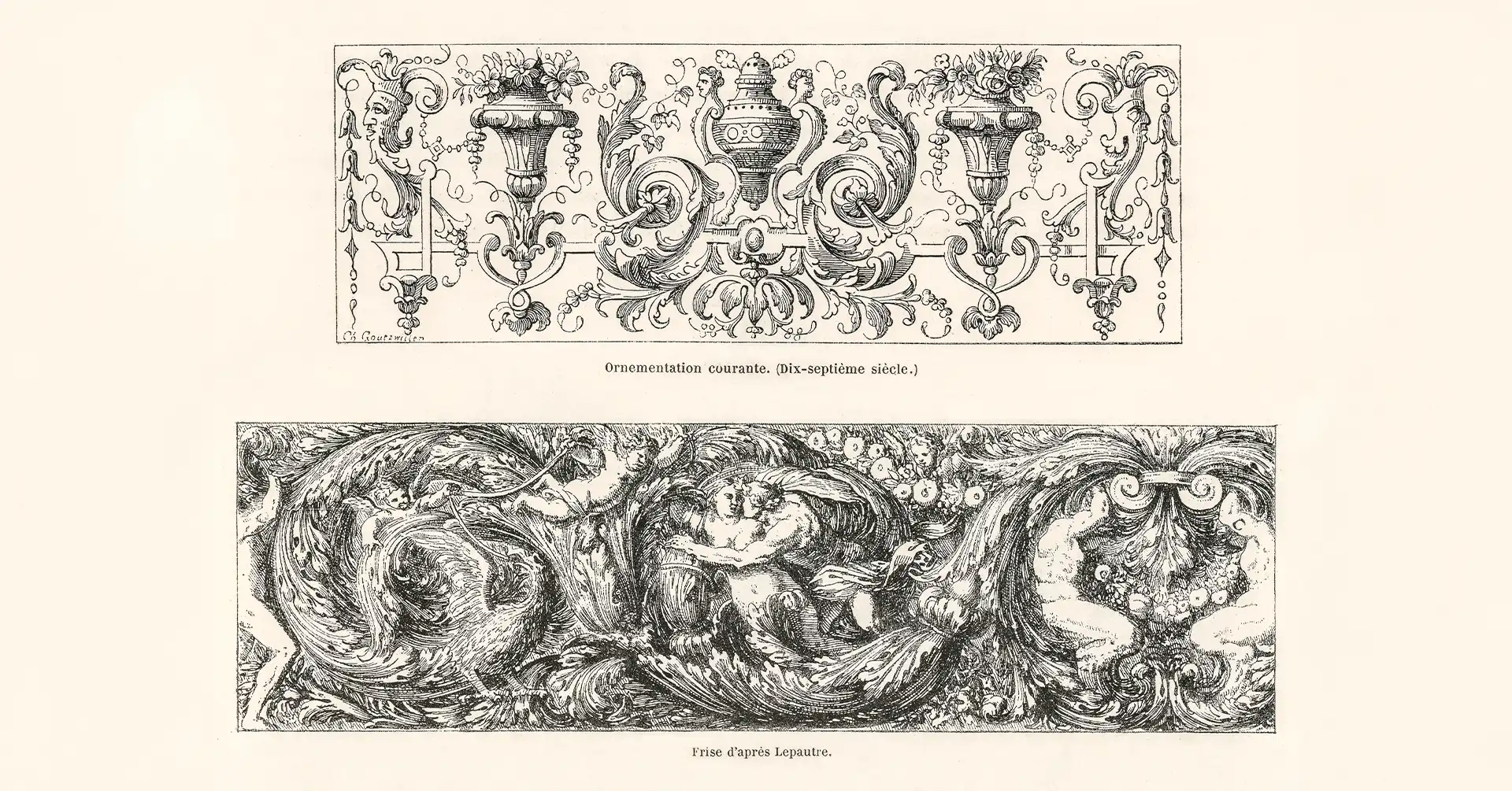The medieval era was the time when there were many cultural, social, and artistic transformations. Medieval art saw a lot of changes during this time, and there were many techniques and new styles that developed in the different genres of medieval art. Religious devotion and craftsmanship that bespoke the rich work of the artists all combine. Keep reading the article as we delve deeper into the world of medieval art.
Medieval Art:
Medieval art has a rich cultural history in the domain of visual art. It played a massive role in inspiring many artists of the era, and even today, medieval art is widely appreciated and practiced. Today, artists love experimenting with medieval portrait paintings and continue to capture the essence of the art in their work. Now that you all have a brief understanding of it, let’s trace the history of medieval art to gain a better perspective on its evolution process.
Medieval Art- A Look back in the History:
The artistic creations that were made between the period of fifth and fifteenth centuries were the creations of medieval art. These creations shape the point of origin of medieval art. When we look at the term ‘Medieval art.’ It is a very broad term that encompasses different art styles, techniques, and media. The styles that were adopted in medieval art were different, from illuminated manuscripts to metalwork to architecture, paintings, and sculptures. There were many different periods included in the history.
Early Christian Art (5th-7th centuries):
This is one of the periods which is included in the history of medieval art. During this period, the Roman era and Mediterranean art were influenced by the art styles of early Christian art. The form of artwork that was produced during this time showcased the use of various scenes and symbols from the Bible. The artwork that was produced in this era was primarily known for its straightforward and abstract style. When you look at medieval art of this time, you will find a lot of symbols, such as crosses and fish.
These symbols were significant in the time of Early Christian art. This time marks the beginning of medieval art as early Christian art rose to popularity in the Roman Empire. During this time, a lot of art pieces were produced. This included early Christian Mosaics, illuminated manuscripts, and frescoes. These art pieces depicted different scenes from the Bible and primarily highlighted the teachings of Jesus Christ.
Christianity rose to popularity during this time, and the effect of religion was significantly seen in the art that was produced during this time. The period marked a significant time in the artistic traditions of Rome and led to the starting point of medieval art
Early Christian art played a vital role in highlighting the Christian visual and culture. Not only that, it also established the themes and the motifs that influenced the production of medieval art during this time and also continues to inspire modern artists to experiment with art.
Byzantine Art (5th-15th centuries):
This was another significant period that is included in the history of medieval art. The art creations that were produced in the Eastern Roman Empire are known to be Byzantine art. This period of medieval art marked the use of rich colors, religious subject matter, and ornate decorations. The evidence that was produced during this time were the iconic paintings, illuminated manuscripts, and mosaics.
The art style of ear encompassed the use of a lot of rich colored mosaics. There was also elaborate use of the iconography and gold leaves. The art was heavily influenced by the orthodox Christian church, and the artworks were molded keeping in mind the influence of the church. The gold leaves are used to refer to a symbolic meaning. It meant that the divine was reflected and also created a world of otherworldliness. The use of this style elevated the mind and the soul of an individual to a higher spiritual plane.
The complex art that was created during this time reflected the use of gold leaves, iconography, and intricate decorative elements. This ear was instrumental in playing a vital role in shaping the art traditions during the medieval times and is still prominent
Romanesque Art (11th-12th centuries):
During this period, there was a rise in the use of a new style. The artworks that were produced during this period saw the use of massive stone walls and barrel vaults along rounded arches. The style of creating this kind of medieval art was primarily done to depict the monasteries and the churches. These artworks also involved frescoes and intricate carvings.
The catholic church very heavily influenced the artworks during this time of medieval art. The Romanesque art acted as a bridge for connecting eth early medieval era and the later Gothic period. The main aspect of this period was that the artworks used architecture. The use of architecture was primarily to demonstrate the feeling of stability and strength; when it came to the Romanesque sculptures, they had a high level of detailed and expressive features that expressed drama and emotions. The manuscripts that were found during this time showed the illustrated scenes from the Bible and other religious figures and rituals.
Gothic Art (12th-15th centuries):
This period in the history of medieval art was seen in the 12th century in France, which had slowly spread to the entire Europe. The art style that was followed during the time was primarily known for its Flying Buttresses, Ribbed Vaults, and Pointed Arches. The period allowed for the making of larger as well as complex buildings. There were elaborate decorations that were found during the time which included sculptures, paintings, and stained glass windows. The works during this time of art showcased the religious themes from the Bible or a Saint’s life. This was the primary objective of the art, which was created with devotion and piety.
This period represented the outstanding achievement of medieval Europe, and in addition to the details, the decorative elements paved the way for the Rennaissance Era, later pushed the limits for art in Europe and further tooled it to reach greater heights. Each period of history in art is known for its unique contributions. It also features the further development of the art at the time. It was produced during this time not only left a significant impact on the art and culture of Europe which was also seen around the world.
Now that you all have a good understanding of the art. Head to the next section of the article as we reveal some of the characteristics.
Features of Medieval Art:
Here are some of the astonishing features of art that will definitely astound you to look at its beauty and evolution:
- Medieval art commenced from the fall of Rome till the beginning of the Renaissance in Europe. It falls roughly from the fourth century to the early sixteenth century.
- Most of the art that was created throughout history was religious in nature. The paintings that were produced during this time reflected the glory of god, and most of the artworks during this time featured Jesus Christ or other gods. The art was primarily targeted to the audience who were religious and also reflected the god that they believed in
- Medieval art is not just a time during which art was elevated; it refers to the paintings of the time. The Middle Ages focussed primarily on paintings, sculptures, monuments, mosaics, illustrated manuscripts, architecture, etc.
- Today, it has gained a lot of intricate detailing apart from the traditional art styles. So, when we trace its roots. The evolution of art has gained prominence since its inception in the Renaissance period.
Conclusion:
Medieval art is a form of art that is very inclusive, and the styles and techniques that are used in this art are varied. Since its inception and till the recent period, it has made significant progress in its narrative and use of advanced techniques and styles for elevating the art form. These art forms had different messages, with each style continuing to be widely appreciated even today. That’s all, folks. I hope the article will help you to get all the information you need.
Also Read:
Jewish and Christian Art- An Art and Culture Extravaganza






